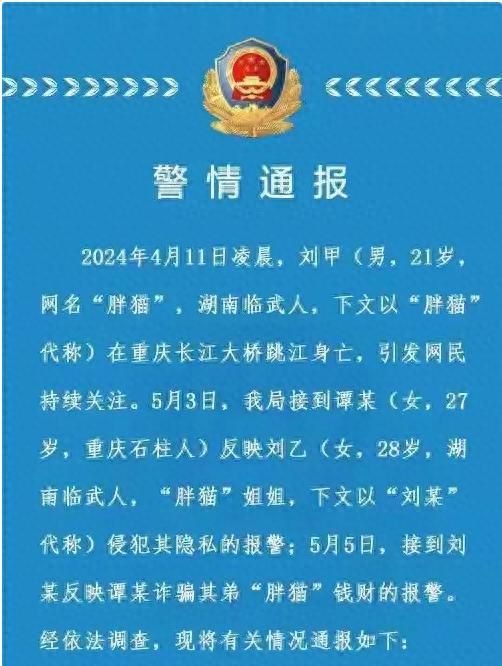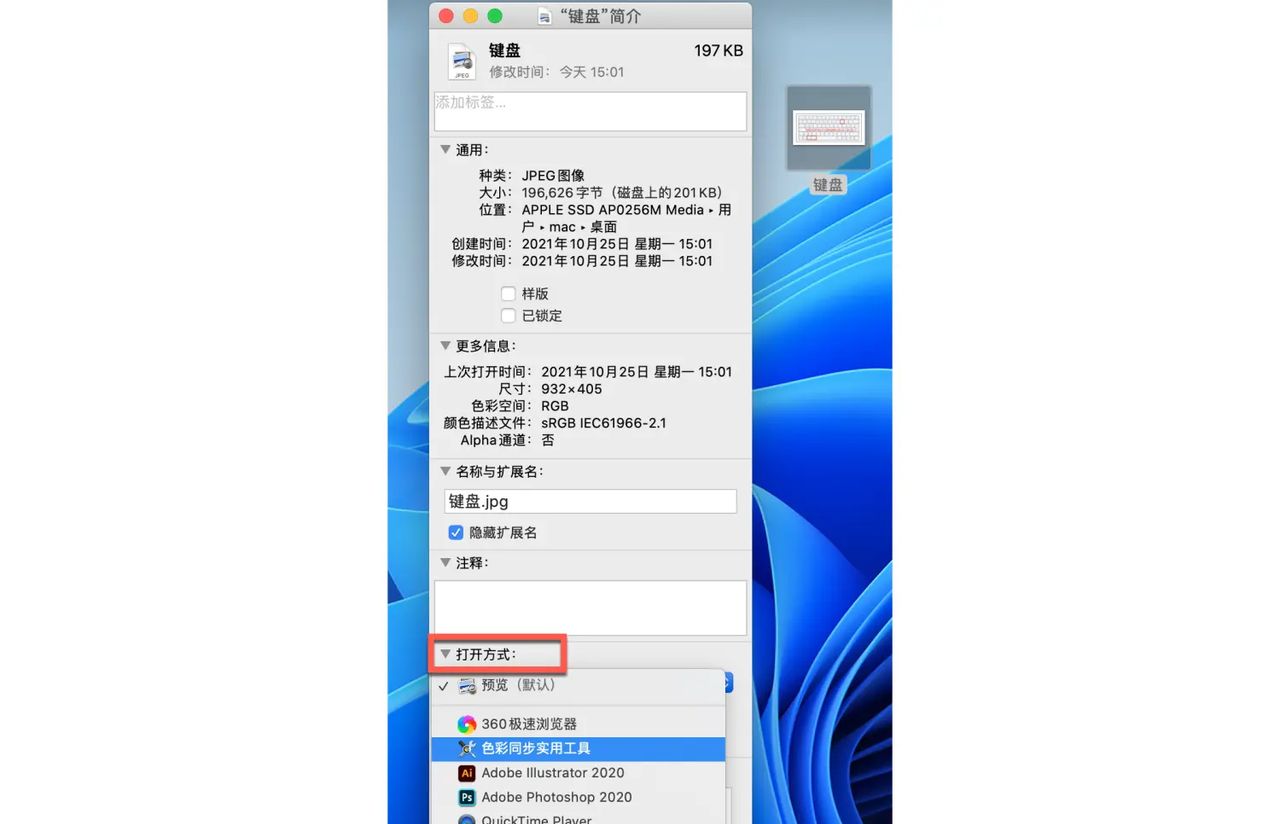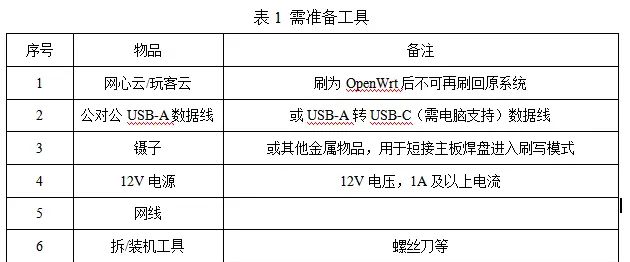1: 引入依赖( 以Caffeine为例, 要用Redis的自行替换依赖&配置以及CacheManager的注册)
<!-- 缓存 -->
<dependency>
<groupId>org.springframework.boot</groupId>
<artifactId>spring-boot-starter-cache</artifactId>
</dependency>
<dependency>
<groupId>com.github.ben-manes.caffeine</groupId>
<artifactId>caffeine</artifactId>
</dependency>
2: 配置文件添加配置
spring.cache.type=caffeine
3: 配置类 @EnableCaching 并且注册CacheManager, 配置缓存key生成策略(可选)
配置类
/**
* @author xudaz
*/
@Configuration
@EnableCaching
public class MybatisPlusConfig {
/**
* 定义cache名称、超时时长(秒)、最大容量
* 每个cache缺省:10秒超时、最多缓存50000条数据,需要修改可以在构造方法的参数中指定。
*/
@AllArgsConstructor
public enum Caches {
/**
* 有效期600秒
*/
nulls(600, 100),
/**
* 有效期2个小时 , 最大容量1000
*/
user(7200, 1000),
/**
* 有效期2个小时 , 最大容量1000
*/
order(7200, 1000),
;
/**
* 最大數量
*/
private final int maxSize;
/**
* //过期时间(秒)
*/
private final int ttl;
public int getMaxSize() {
return maxSize;
}
public int getTtl() {
return ttl;
}
}
/**
* 创建基于 Caffeine 的Cache Manager
*
* @return r
*/
@Bean
@Primary
public CacheManager caffeineCacheManager() {
SimpleCacheManager cacheManager = new SimpleCacheManager();
ArrayList<CaffeineCache> caches = new ArrayList<>();
for (Caches c : Caches.values()) {
caches.add(new CaffeineCache(c.name(),
Caffeine.newBuilder().recordStats()
.expireAfterWrite(c.getTtl(), TimeUnit.SECONDS)
.maximumSize(c.getMaxSize())
.build())
);
}
cacheManager.setCaches(caches);
return cacheManager;
}
}
key生成策略(这是我写的 大家可以自己发挥)
import com.baomidou.mybatisplus.core.conditions.AbstractWrapper;
import lombok.extern.slf4j.Slf4j;
import org.springframework.cache.interceptor.KeyGenerator;
import org.springframework.cache.interceptor.SimpleKey;
import org.springframework.stereotype.Component;
import java.lang.reflect.Method;
import java.util.Collection;
import java.util.Map;
/**
* 缓存生成策略
* @author xudaz
* @date 2021/6/15
*/
@Component("MyKeyGenerator")
@Slf4j
public class MyKeyGenerator implements KeyGenerator {
@SuppressWarnings("NullableProblems")
@Override
public Object generate(Object target, Method method, Object... params) {
StringBuilder builder = new StringBuilder(target.getClass().getSimpleName()).append(".").append(method.getName());
for (Object param : params) {
if ( null == param ) {
continue;
}
// 参数为map自定义key=类名+方法名+map的key-value值
if (param instanceof Map) {
// 分隔符
String sp = ".";
@SuppressWarnings("unchecked") Map<String, Object> map = (Map<String, Object>) param;
if (map.isEmpty()) {
continue;
}
for (String key : map.keySet()) {
builder.append(key).append("-").append(map.get(key)).append(sp);
}
}
// 如果是集合
else if (param instanceof Collection) {
// 分隔符
String sp = ",";
@SuppressWarnings("unchecked") Collection<Object> collection = (Collection<Object>) param;
if (collection.isEmpty()) {
continue;
}
for (Object key : collection) {
builder.append(key).append(sp);
}
}
// 如果是 Wrapper
else if (param instanceof AbstractWrapper) {
AbstractWrapper<?,?,?> wrapper = (AbstractWrapper<?,?,?>) param;
StringBuilder targetSql = new StringBuilder(wrapper.getTargetSql());
Map<String, Object> paramNameValuePairs = wrapper.getParamNameValuePairs();
paramNameValuePairs.forEach((key, value) -> targetSql.append(", ").append(value));
builder.append(targetSql).append("; ");
} else {
builder.append(param);
}
}
log.info("cache key ==> " + builder);
return new SimpleKey(builder.toString());
}
}
4: 使用 @Cacheable开启缓存 @CacheEvict清除缓存 @CacheConfig放在类上面配置公共属性
1, @Cacheable
属性
1: cacheNames/value 缓存名字 必须是上面配置枚举类里的
2: key 缓存键 可以理解为缓存Map里的key key一致才能命中缓存
3: keyGenerator 缓存键生成策略 填写自己继承了org.springframework.cache.interceptor.KeyGenerator的类
如我上面的”MyKeyGenerator”
2, @CacheConfig (类公共配置)
属性
1: cacheNames/value 同上
2: keyGenerator 同上
3, @CacheEvict(清除缓存)
属性
1: cacheNames/value 同上
2: keyGenerator 同上
3: allEntries 是否删除缓存中的所有条目
… 其他属性暂时没研究
5: 简单示例

使用缓存

清除缓存

END
© 版权声明
文章版权归作者所有,未经允许请勿转载。如内容涉嫌侵权,请在本页底部进入<联系我们>进行举报投诉!
THE END





















暂无评论内容